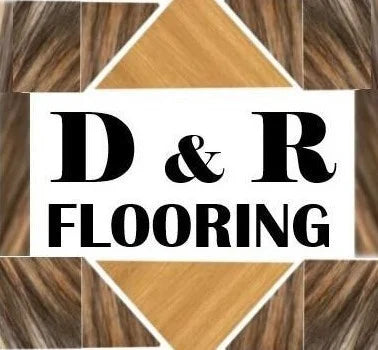
How To: Fixing Swollen Floorings
Share
You were most likely delighted the first time you had your flooring installed and enjoyed looking around your house and feeling that beautiful floor underneath your feet. But your happiness is probably gone after you see your flooring swell for the first time. You may be wondering if there is something that you can do to repair your flooring, so it looks like it did the first day. Unfortunately, making a swollen plank look entirely the same way it did isn’t possible, but you can get close.
When your flooring gets damaged, we must refer to Newton’s third law: Every action will react. It isn’t important what material was used to manufacture the flooring. When conditions change, the flooring will also respond. So if we want to say why your flooring swells, we must say that one of its many factors is moisture.
A hardwood plank, if properly maintained, can preserve its quality and remain beautiful for many years, like the first day. Still, if it is used in conditions such that it is constantly exposed to moisture and extreme temperature changes, its problems will become apparent.
Cause of floor swelling
Trying to explain why flooring swells and how it happens is a bit long and unnecessary. But simply put, when a plank separates from the ground, it creates an arcuate state and causes it to inflate. So each parquet board can be swelled separately and start bloating from the middle.
Water and humidity
The first and most important factor that causes flooring to inflate is water and moisture. For example, the following situations can cause the flooring to swell and become arched:
- Pipe leakage
- Excess moisture where the flooring is placed
- Lack of proper ventilation
- Drainage problem
- Roof leakage
As we have learned, one of the main reasons flooring swells and becomes arched is moisture. It is almost impossible to prevent wood parquet from becoming arched and inflated in humid places with unfavorable weather.
Humidity levels vary throughout the year. During the colder months of the year, there is less moisture. For example, the humidity level in winter is much lower than in summer. However, to protect the flooring and prevent it from getting bloated and arched, you should always keep your humidity level between 30% and 50%. This amount will be ideal for your flooring; It is also suitable for your health.
Lack of compatibility
Another factor that can answer why your flooring is bloated is the incompatibility of the flooring with the environment. Compatibility is one of the factors that help the flooring to coordinate with its new installation location. Before using any flooring, first evaluate how it adapts to the new environment.
The adaptation process allows the parquet to absorb or disperse moisture and adapt to the surrounding air. If your parquet can adapt to the temperature and humidity of the environment, it will no longer shrink and will get used to its environment. If the wood does not adapt to its environment, it can become parched and swollen.
Poor installation
After humidity, improper installation is the most crucial factor that can cause the flooring to become arched. You may be wondering why flooring bloats and what improper installation has to do with it. Improper installation of flooring planks, such as making a mistake in nailing the planks, can be one of the factors that inflate it.
Contamination of the adhesive working environment, inadequate separation, or improper use of the adhesive for the planks connected with the adhesive can also be one of the causes of its swelling.
Swollen flooring repair
So far, we have talked about why your flooring could become swollen. Now it’s time to say how to repair these arched and inflated planks. The first thing you need to do to fix these floorings is finding the cause of their failure. Next, you need to eliminate the cause of the flooring distortion and then start repairing them.
For example, if your flooring has blown due to moisture and has taken on an arched shape, you must first find the moisture agent and remove it. Then, when the moisture factor is gone, you should allow the parquet to dry and return to normal. After drying, you can repair the problem areas on a spot basis. For example, you can completely replace part of the plank or do the polishing and nailing for the necessary components. But most of the time, the damaged part has to be replaced; by polishing and nailing, flooring can never be cleaned and beautiful like its first day.
We thoroughly explained why your floors could swell and said that the first thing to do in repair is to find the cause of the damage and eliminate it. Always try to monitor your floorings, and if you see the slightest defect, take action to repair it at the earliest opportunity. Because the failure of a small part can spread to other parts of the flooring and cause damage to the entire floor and significantly increase repair costs for you.
In this article, we talked about what makes flooring swell. We mentioned the most important factors that can cause the inflammation of floorings, and we also explained how to repair it. We hope you have found this article helpful.
